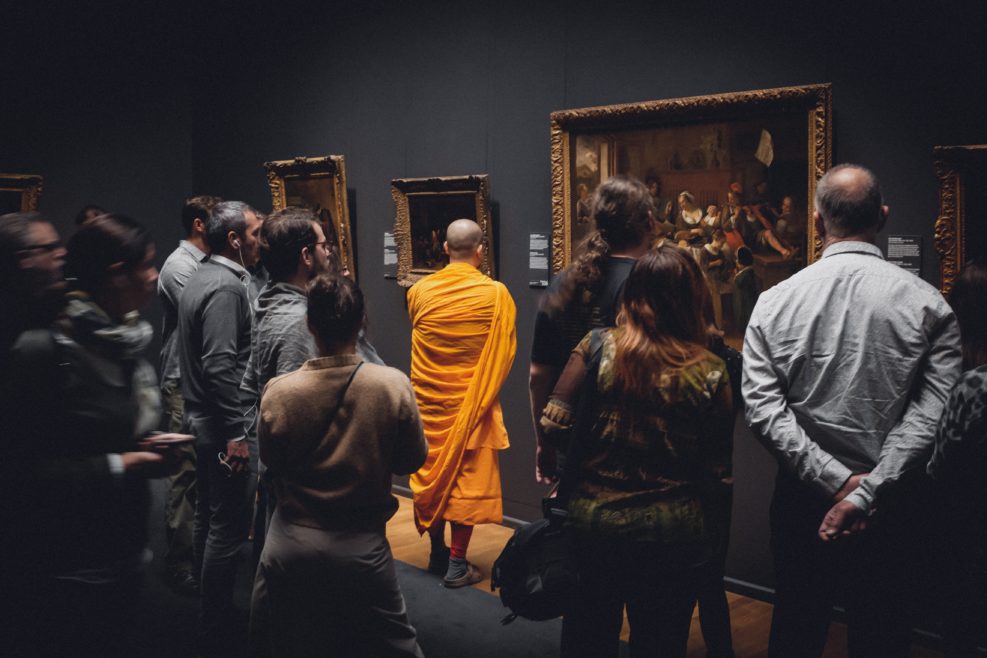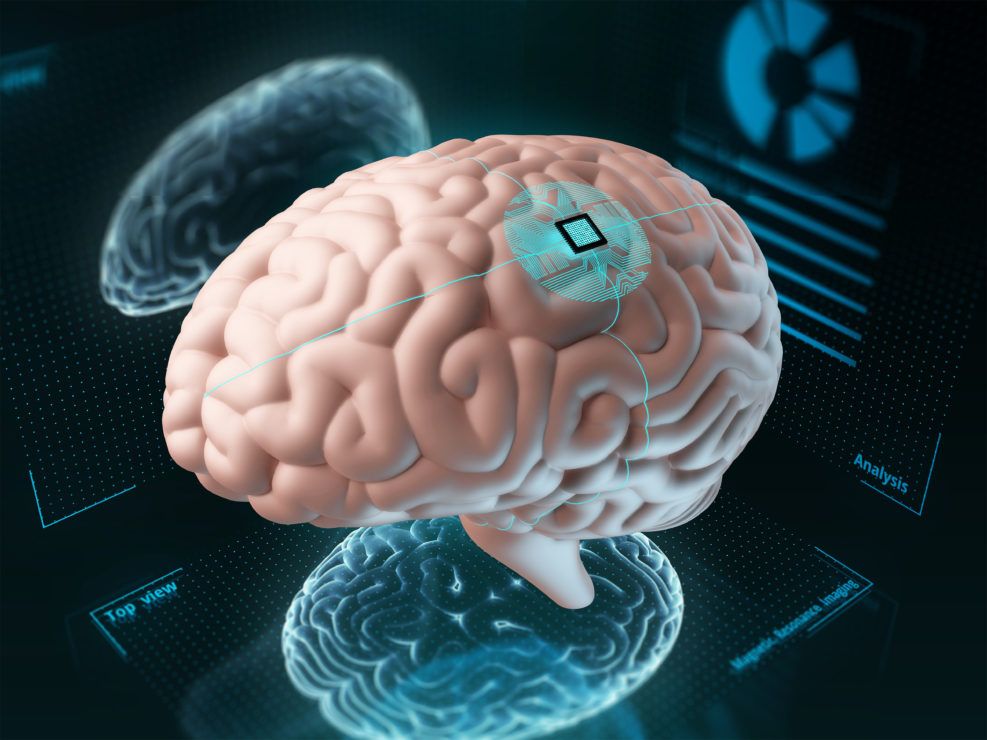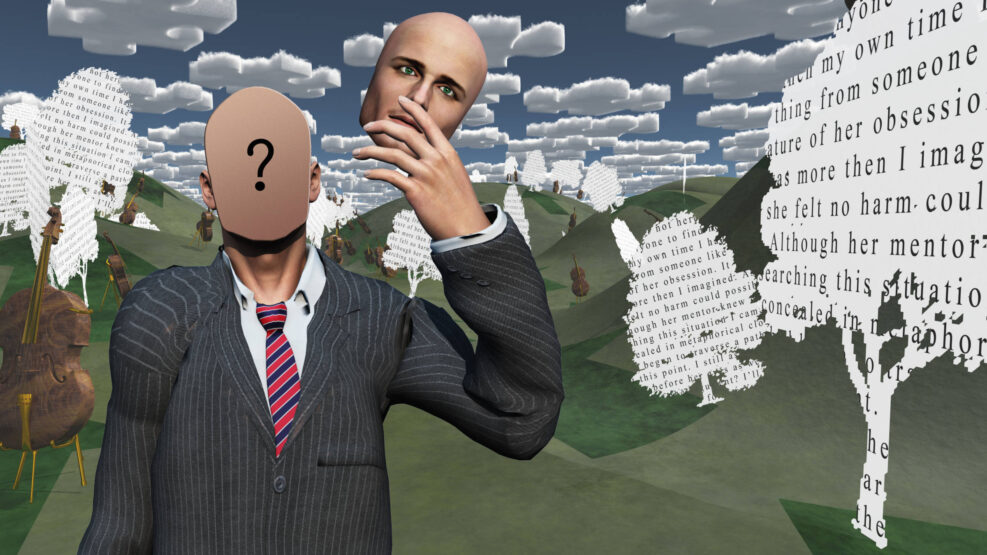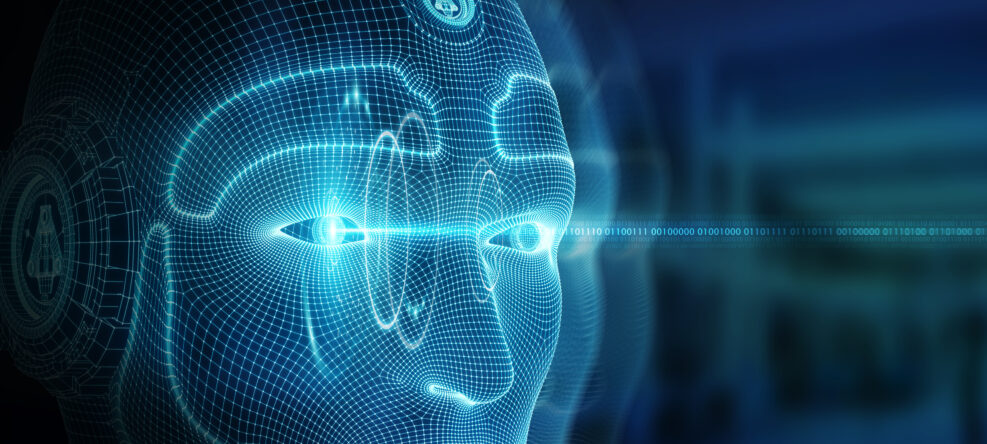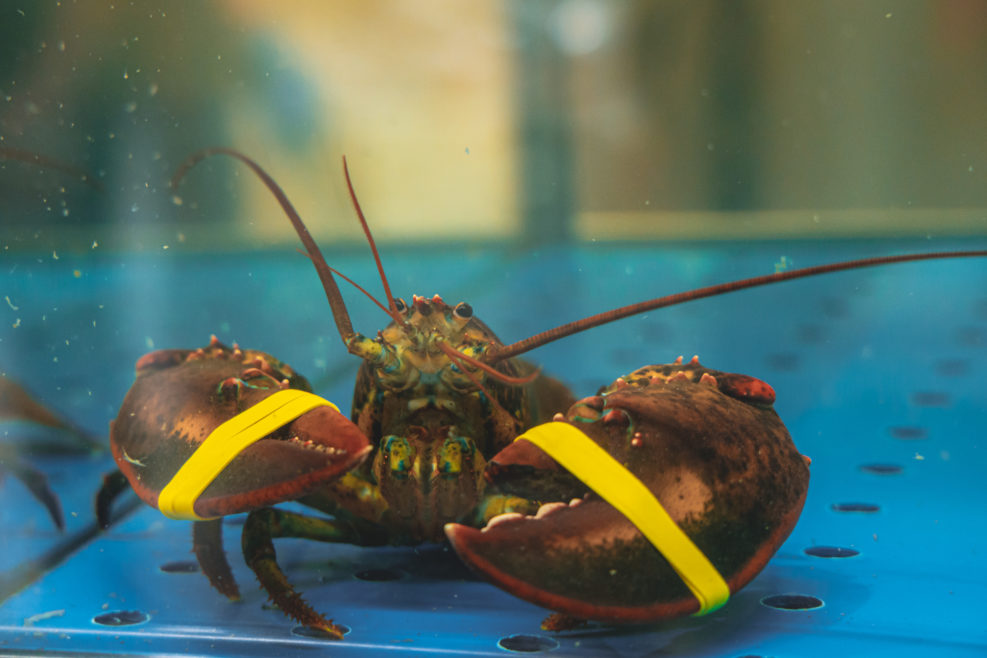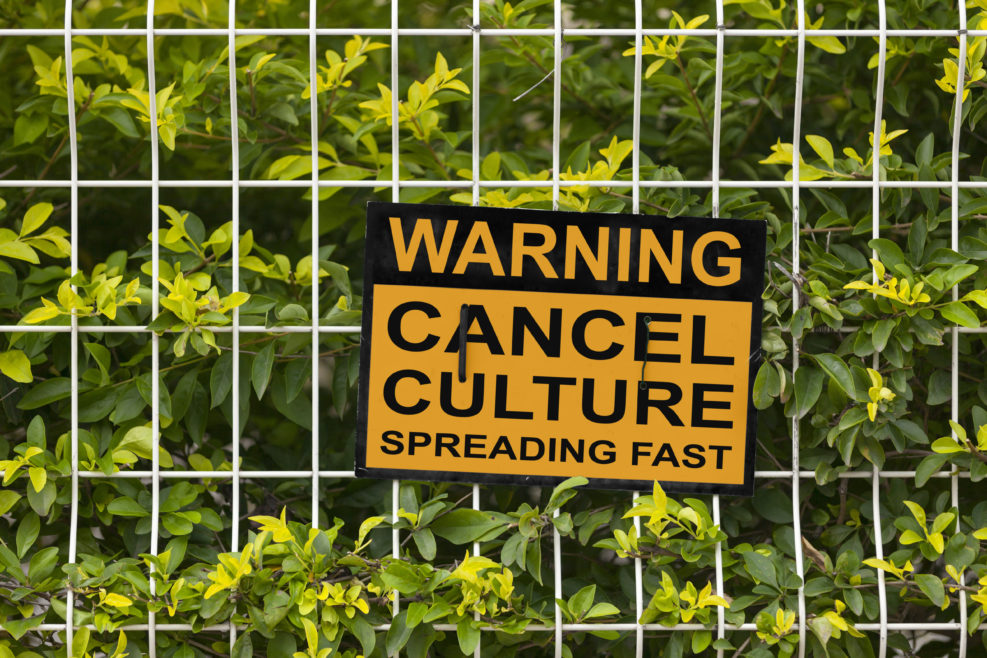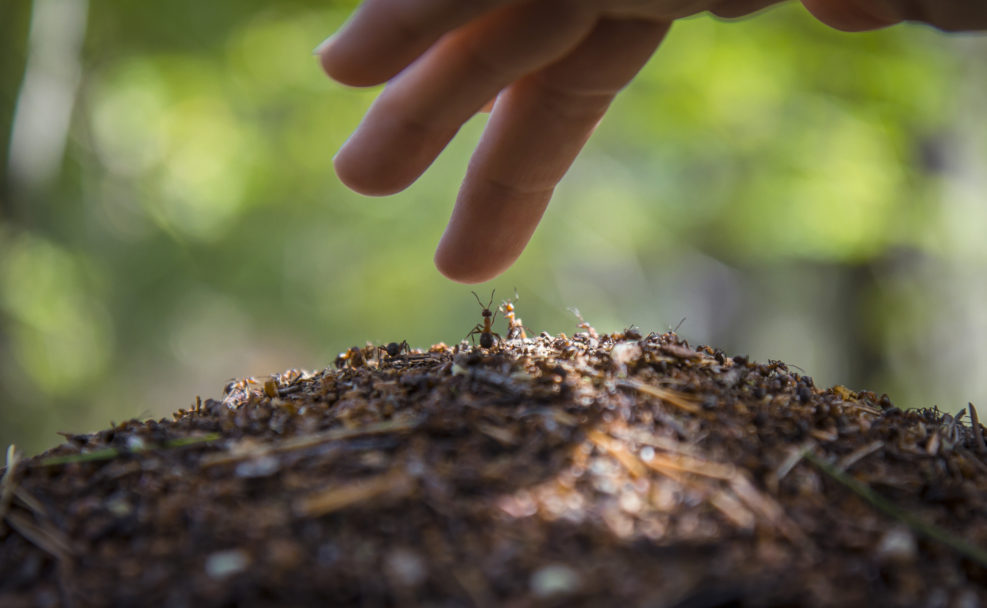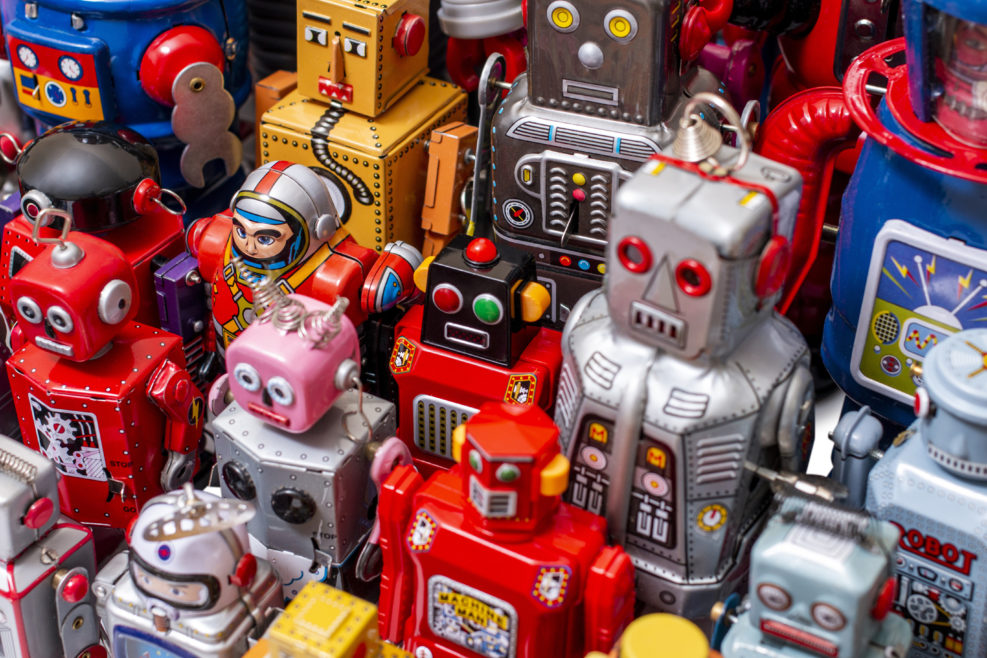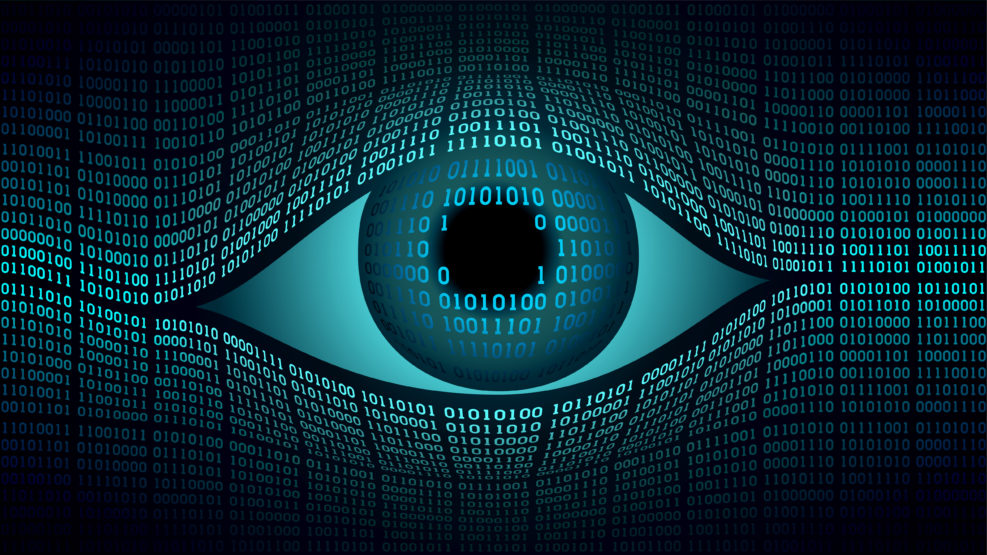
A Book Review: The Tyranny of Big Tech
A beautiful defense of the common man and woman against a technological elite“Our republic has never been more hierarchical, more riven by class, more managed by an elite than it is today,” writes Josh Hawley in The Tyranny of Big Tech. Who might that elite be? According to Hawley, it’s not our politicians, our lawyers, our Ivy League graduates, or our Hollywood celebrities. It’s Big Tech – those big names like Facebook, Twitter, Amazon, Apple, and Google that have embedded themselves in our lives to an almost irreversible degree. Hawley has spent his career as a U.S. Senator, and formerly as Missouri’s Attorney General, holding Big Tech accountable where others don’t dare tread. In investigations, in legislation, and now in this book, Hawley has confronted the antitrust and privacy violations committed by Read More ›

